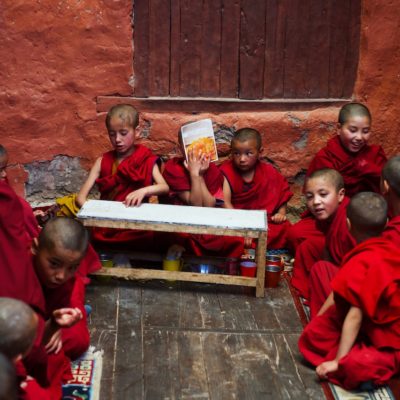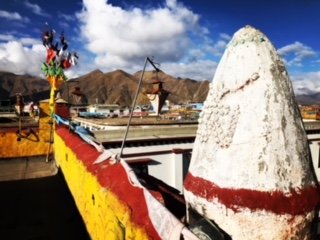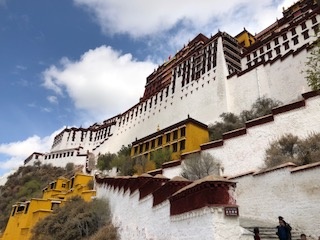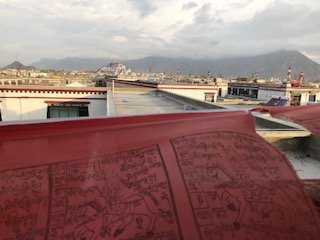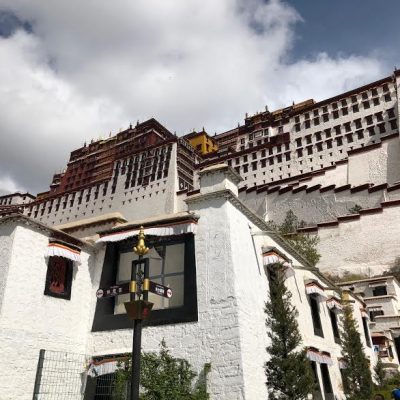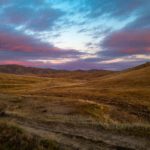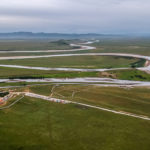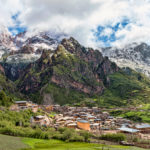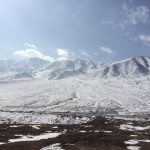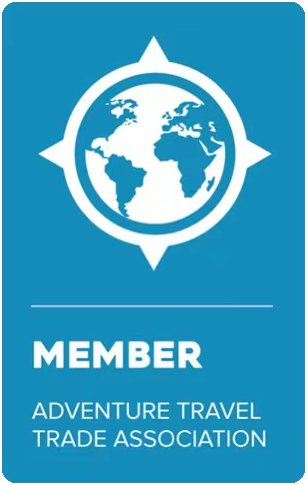See our tours in and around Lhasa here
See travel information on Chinese Visas and the Tibet Travel Permit required to visit Lhasa here.
See the Top 5 Things to do in Lhasa here
As the beautiful capital city of Tibet Autonomous Region (TAR), Lhasa is situated in the south central part of the region, on the north bank of the Kyichu River (a tributary of the Yarlung Zangbo River) in a valley surrounded by imposing mountains. The altitude of Lhasa is 3,656 meters (11,995 feet) above sea level.
Demographics
Lhasa has a population of roughly 1 million people, and about half of this population is comprised of Han Chinese while the other half consists of Tibetans (there are also a few Hui Muslims here that make up a small percentage of town and there is an active Mosque in the Tibetan quarter of town). Although the Tibetan quarter is very historic with ancient stone architecture (this is definitely where you want to stay and spend most of your time) Lhasa is quickly developing and the areas outside of the Tibetan district are starting to look more and more like a regular Han Chinese city. The large percentage of tourists that visit this city are mostly Han Chinese and there is a lot of infrastructure that supports this growing population, including massage parlors, outdoor gear shops, karaoke bars, fancy car dealerships, and Sichuan style restaurants. With all the recent development, as long as you have given your bank proper notice, you should have no trouble using your international credit card here at ATM’s in large banks such as ICBC, Bank of China, or China Construction Bank.
In fact, more than 95 % of tourists to Tibet are Chinese. In 2014 alone, more than 15 million tourists visited Tibet Autonomous Region [TAR], a number up more than 20 percent from the 2013 statistics, according to the local government. In 2014, a record 3.15 million people arrived by air to Lhasa and most of the rest of the tourists came by the world’s highest train, the famed Qinghai-Tibet Railway. The China Daily reported the numbers of a regional tourism bureau report: “Lhasa alone saw more than 9.25 million tourists and reaped tourism revenue of 11.2 billion yuan ($1.79 billion)”.
History of Lhasa
Lhasa was an important holy city even before Buddhism arrived in Tibet in 642 A.D., and until the 1950s half of its residents lived in monasteries.
In the 1940s, Lhasa would have been best described as a village. Its 600 traditional buildings were dwarfed by the massive monasteries and palaces that were home to 20,000 monks. Between 1950 and 2000, the population of Lhasa increased 17 times to around 200,000 and has increased 5 times since then. The expansion is mainly the result of arrival of large numbers of Han Chinese but has also been affected by a migration of Tibetans from rural areas to Lhasa.
Currently there are two options to reach this mysterious high land, either by plane by train. The bus station in Lhasa will not sell tickets to foreigners and bus drivers will not allow foreigners onto buses that go outside of Lhasa. All travel within the TAR for foreigners must be booked in private vehicles.
1. Taking an airplane is the most comfortable, quick method of travel to Lhasa, but this offers less time for you to acclimatize to the altitude of Lhasa. Lhasa Gongar Airport (LXA) is a one hour drive from downtown Lhasa, or about 62 kms (38.5 miles). There are over 40 flights to/from major domestic cities that fly in and out of LXA including Beijing, Chamdo, Changsha, Chengdu, Chongqing, Dazhou, Diqing, Fuzhou, Golmud, Guangzhou, Guiyang, Hangzhou, Kangding, Kunming, Lanzhou etc.
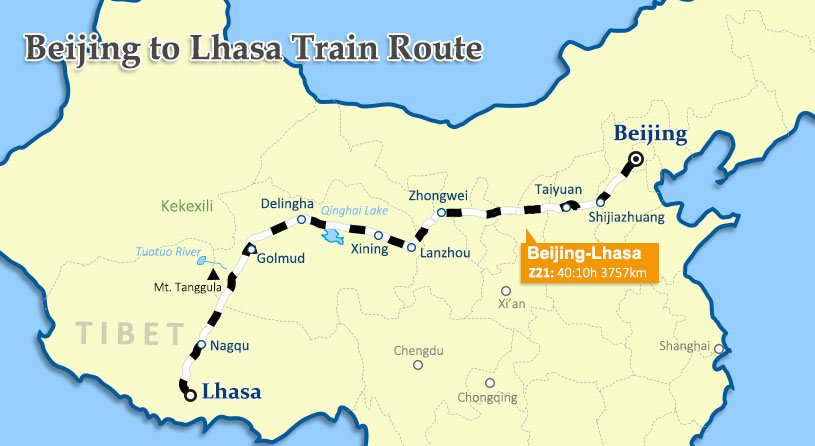
2. Taking the train to Lhasa is a fabulous new option, giving the opportunity to see previously unseen mountain scenery on a train that is built on over 550km of permafrost. With the opening of the Qinghai-Tibet Railway on July 1st, 2006, more and more visitors opt to get a soft sleeper or a hard sleeper bed on the train to experience the lay of the land and the incredible scenery from their train window.
Getting to Lhasa from Beijing by train will be a once in a lifetime experience for you. The Beijing –> Lhasa train (Train # Z21), takes about 40 hours and 30 minutes, runs for 3,757 km, and crosses 8 total provinces from the plains of northeast China to the worlds’ highest plateau. Some of the highlights of the scenery along the way include glimpses of the Gobi desert, the 6,244 meter (20,485 ft) high snow-capped Yuzhu Peak, and the lofty Tanggula Mountain. And, of course, there will LOTS of open high-altitude grassland (and maybe even some wildlife roaming about). All I can say about this journey is for you to make sure you pack lots of snacks. I have friends who pack wine and cheese every time they ride a train in China and I think they are really onto something by preparing so well for the occasion!
